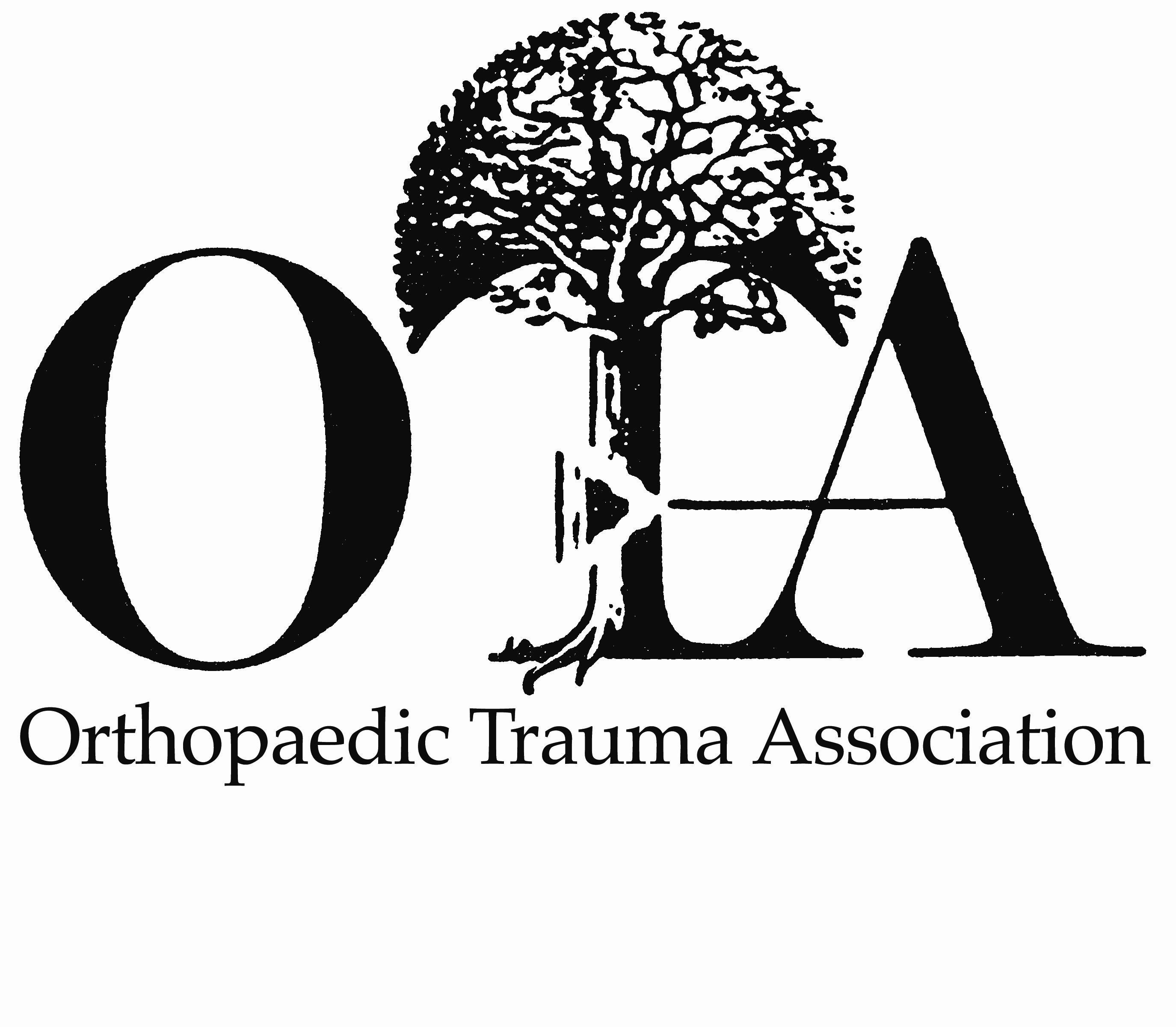
OTA 2020: Preoperative FICB Improves Patient Satisfaction and Reduces Opioid Use After Hip Surgery

Did you know you're eligible to earn 0.5 CME credits for reading this report? Click Here
CONFERENCE ACE REPORTS
This ACE Report is a summary of a conference presentation or abstract. The information provided has limited the ability to provide an accurate assessment of the risk of bias or the overall quality. Please interpret the results with caution as trials may be in progress and select results may have been presented.
Synopsis
A total of 46 patients undergoing hip surgery were randomized into receiving pre-operative fascia iliaca compartment block (FICB) and a standard post-operative pain regimen or a standard post-operative pain regimen only. The primary outcome of interest was consumption of pain medication (acetaminophen, tramadol, morphine) post-surgery. Secondary outcomes of interest included functional recovery an...
To view the full content, login to your account,
or start your 30-day FREE Trial today.
FREE TRIAL
LOGIN
Forgot Password?
Explore some of our unlocked ACE Reports below!

Learn about our AI Driven
High Impact Search Feature
Our AI driven High Impact metric calculates the impact an article will have by considering both the publishing journal and the content of the article itself. Built using the latest advances in natural language processing, OE High Impact predicts an article’s future number of citations better than impact factor alone.
Continue



 LOGIN
LOGIN

Join the Conversation
Please Login or Join to leave comments.